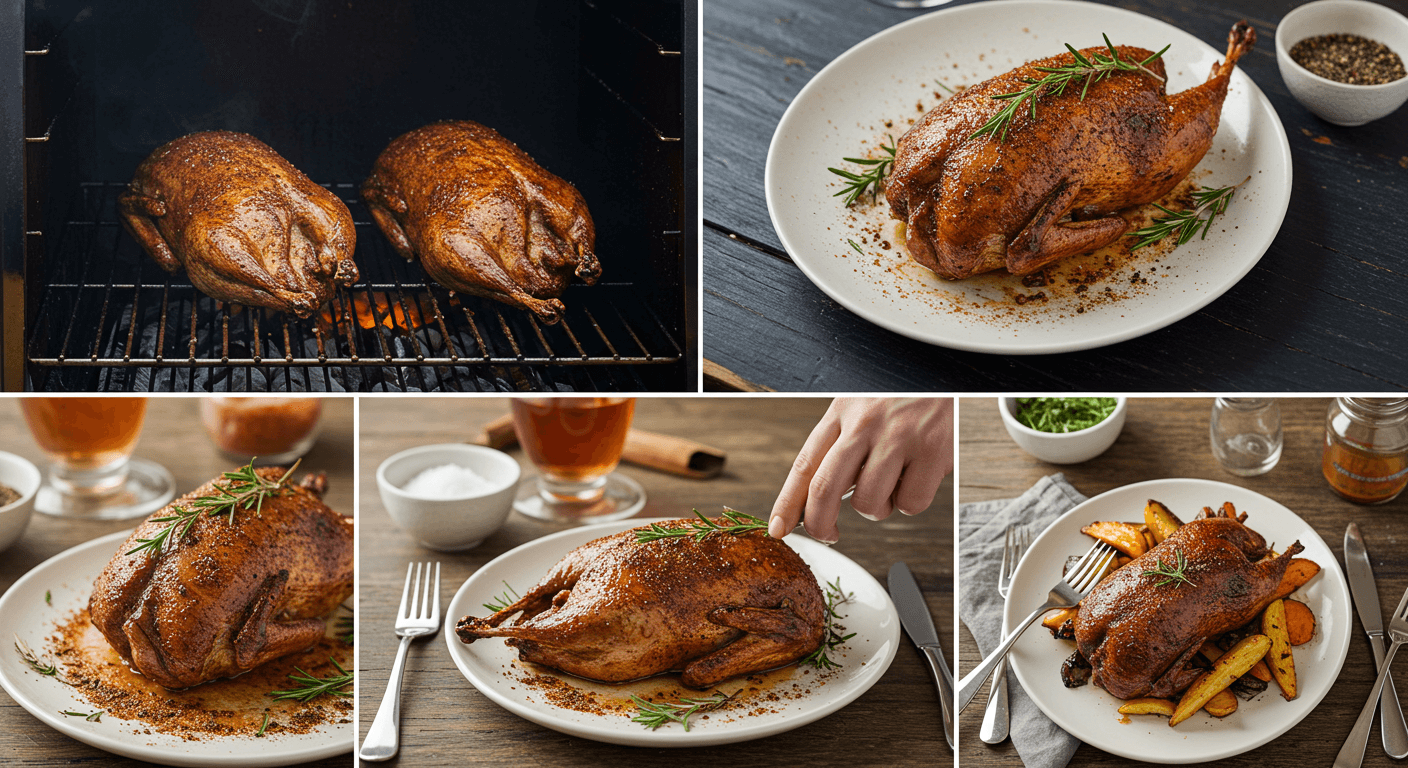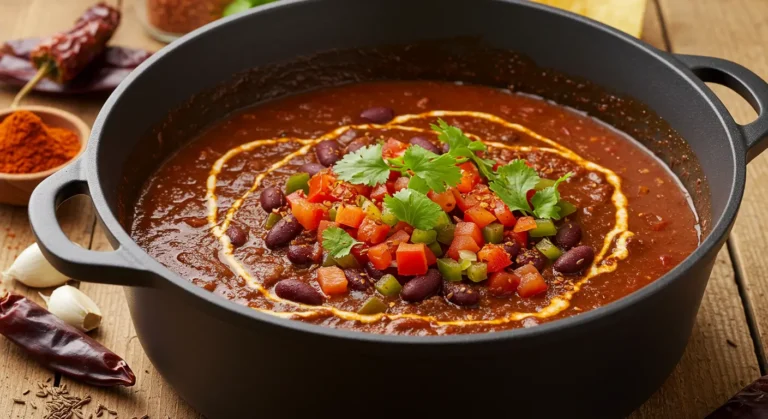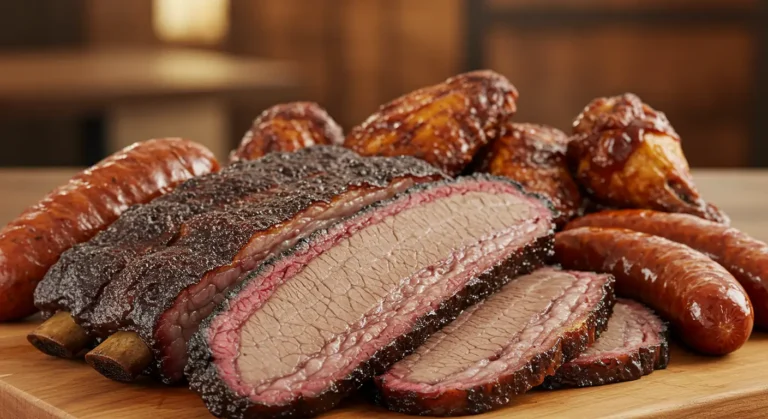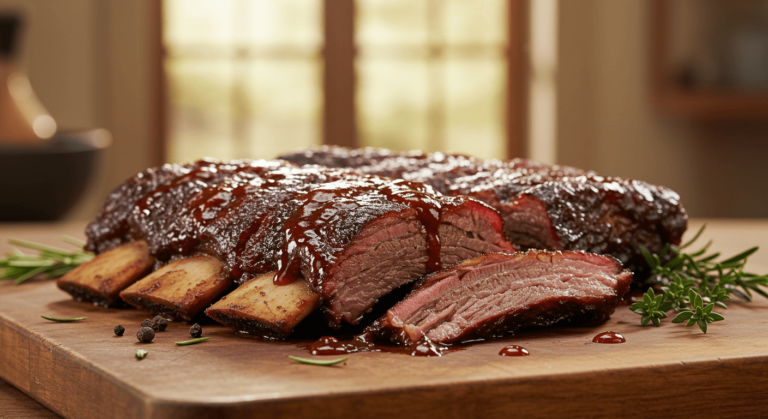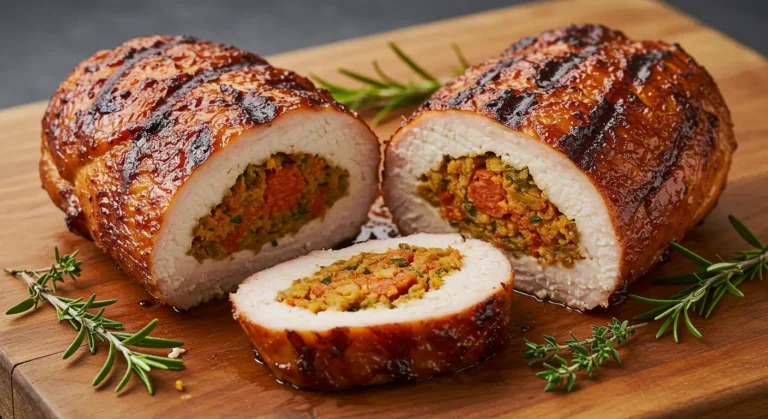How to Prepare a Smoked Pheasant Recipe: A Complete Guide
smoked pheasant recipe
There’s something almost magical about the first moment you slice into a perfectly smoked pheasant—the way the knife glides through the bronzed skin to reveal the tender, pink-tinged meat beneath. The rich, smoky aroma rises up, mingling with hints of herbs and spices, promising a flavor experience that’s both rustic and refined. Whether you’re a seasoned smoking enthusiast looking to expand your game meat repertoire or a newcomer eager to impress at your next dinner gathering, smoking pheasant offers rewards well worth the effort.
In this comprehensive guide, I’ll walk you through everything you need to know about creating the perfect smoked pheasant. Drawing from two decades of experience with smoking techniques, I’ll cover the nuances of preparing this magnificent game bird, selecting the right wood, controlling temperatures, and serving your creation to delighted guests. By the time you finish reading, you’ll have all the knowledge you need to create a pheasant dish that balances delicate game flavors with robust smoke profiles.
What Makes Pheasant Perfect for Smoking?
Pheasant occupies a sweet spot in the world of game birds—more flavorful than chicken but less intense than some wild game. Its relatively lean meat benefits tremendously from the slow, moist heat of a smoker, which helps prevent dryness while infusing the bird with complex flavors.
“Pheasant has a natural affinity for smoke,” says James Woodworth, champion pitmaster and game smoking specialist. “The subtle gaminess provides a perfect canvas that accepts smoke without being overwhelmed by it.”
Unlike some smoking projects that require an entire day, pheasant can be properly smoked in just a few hours, making it accessible even for those with limited time. This balance of impressive results with manageable effort has made smoked pheasant increasingly popular among home smoking enthusiasts.
What Equipment Do You Need for Smoking Pheasant?
Before diving into the recipe itself, let’s ensure you have the right tools for success:
What Type of Smoker Works Best?
While you can smoke pheasant in nearly any type of smoker, certain models offer advantages:
- Electric smokers provide excellent temperature control, ideal for beginners or those who prefer a “set-and-forget” approach
- Pellet smokers offer convenience along with authentic wood flavor
- Offset smokers deliver traditional smoky flavor but require more attention
- Ceramic kamado smokers excel at moisture retention, particularly helpful for lean game birds
For pheasant specifically, moisture retention is crucial, so if using a more traditional smoker, keep a water pan inside to maintain humidity.
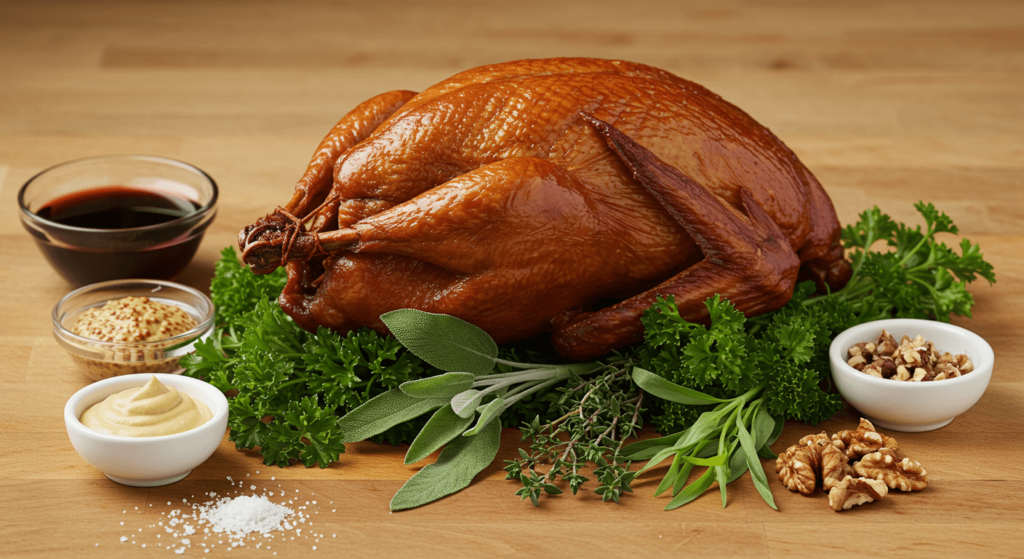
What Wood Should You Use for Smoking Pheasant?
The wood you select dramatically influences your final result. For pheasant, lighter fruit woods generally work best:
- Apple wood provides a mild, slightly sweet smoke that complements without overwhelming
- Cherry wood imparts a subtle fruity note and a beautiful color
- Maple wood offers a light, sweet profile that enhances the bird’s natural flavor
- Pecan wood delivers a rich but not overpowering flavor, slightly stronger than apple
Avoid intense woods like mesquite or hickory, which can overpower pheasant’s delicate flavor profile. If you do use stronger woods, consider mixing them with lighter options to temper their intensity.
How Do You Prepare Pheasant for Smoking?
Where Can You Source Quality Pheasant?
Before you begin smoking, you need to source your bird. Options include:
- Specialty butchers or meat markets
- Game farms and hunting preserves
- Online specialty meat retailers
- Your own hunting efforts or those of friends (following local regulations)
Wild pheasants tend to be leaner and more flavorful than farm-raised, but they require careful cleaning and may contain shot. Farm-raised birds offer consistency and are generally more tender.
How Should You Brine Pheasant Before Smoking?
Brining is particularly important for pheasant due to its lean nature. A proper brine:
- Helps the meat retain moisture during smoking
- Seasons the meat throughout, not just on the surface
- Improves texture and juiciness in the finished product
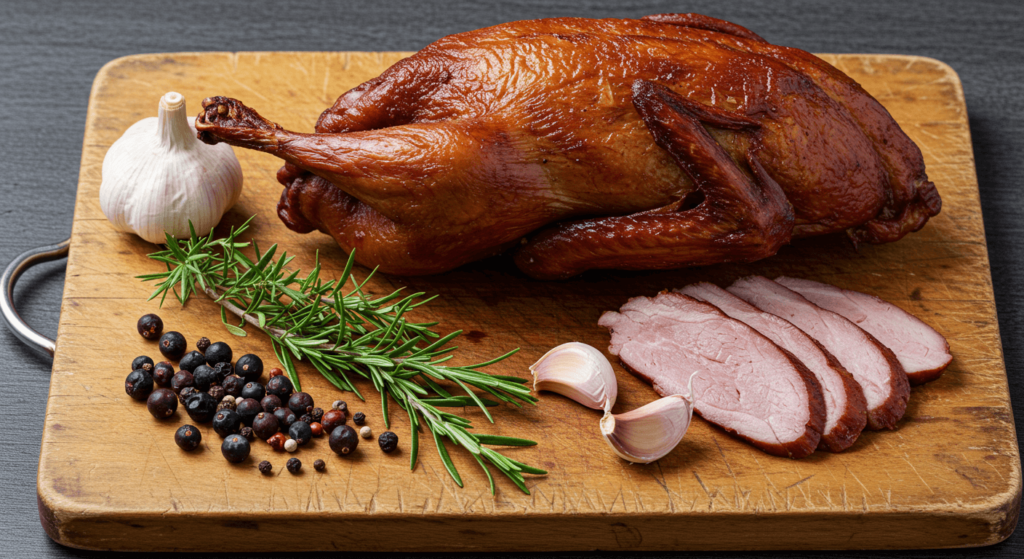
Basic Pheasant Brine Recipe:
- 1 gallon cold water
- ¾ cup kosher salt
- ½ cup brown sugar
- 3 bay leaves
- 5 crushed garlic cloves
- 2 tablespoons whole black peppercorns
- 2 sprigs fresh rosemary
- Zest of one orange
Combine all ingredients, stirring until salt and sugar dissolve. Submerge the pheasant completely and refrigerate for 8-12 hours, but not longer than 24 hours as the meat can become too salty.
What’s the Perfect Smoked Pheasant Recipe?
Now that we’ve covered the foundations, let’s dive into the recipe itself. This approach balances traditional smoking techniques with flavors that complement pheasant’s unique character.
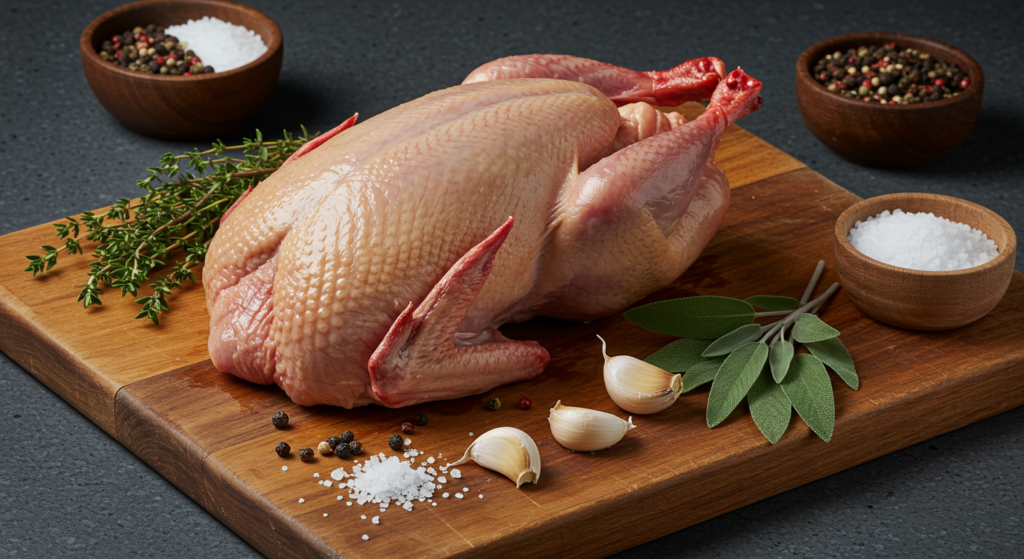
Ingredients You’ll Need:
- 1 whole pheasant (approximately 2-3 pounds), brined and patted dry
- 2 tablespoons unsalted butter, softened
- 2 tablespoons olive oil
For the herb rub:
- 2 teaspoons fresh thyme, finely chopped
- 2 teaspoons fresh rosemary, finely chopped
- 2 teaspoons garlic powder
- 1 teaspoon onion powder
- 1 teaspoon smoked paprika
- 1 teaspoon orange zest
- 1 teaspoon freshly ground black pepper
- ½ teaspoon ground sage
- ½ teaspoon ground juniper berries (optional but traditional with game)
Preparation Steps:
- Remove pheasant from brine, rinse thoroughly under cold water
- Pat completely dry with paper towels (important for proper smoke adherence)
- Allow to air-dry in refrigerator for 1-2 hours for even better results
- Combine all herb rub ingredients in a small bowl
- Gently separate the skin from the breast meat without tearing it
- Spread half the softened butter under the skin directly on the breast meat
- Mix the remaining butter with olive oil and coat the outside of the bird
- Apply the herb rub generously over the entire bird, including the cavity
- Truss the pheasant with kitchen twine to maintain an even shape during smoking
- Let the seasoned pheasant sit at room temperature for 30 minutes before smoking
Smoking Instructions:
- Preheat your smoker to 225°F
- Add your chosen wood chips or chunks (apple or cherry recommended)
- Place the pheasant breast-side up on the smoker rack
- Insert a remote thermometer probe into the thickest part of the breast if available
- Smoke for approximately 2½-3 hours, or until the internal temperature reaches 160°F in the breast and 175°F in the thigh
- Maintain smoker temperature between 225-250°F throughout cooking
- Optional: Increase smoker temperature to 375°F for the final 10 minutes to crisp the skin
- Remove from smoker and let rest for 15-20 minutes before carving
“The key to perfectly smoked pheasant is patience during the rest period,” notes Woodworth. “This isn’t just tradition—it’s science. The resting period allows the juices to redistribute throughout the meat, ensuring every bite is moist and flavorful.”
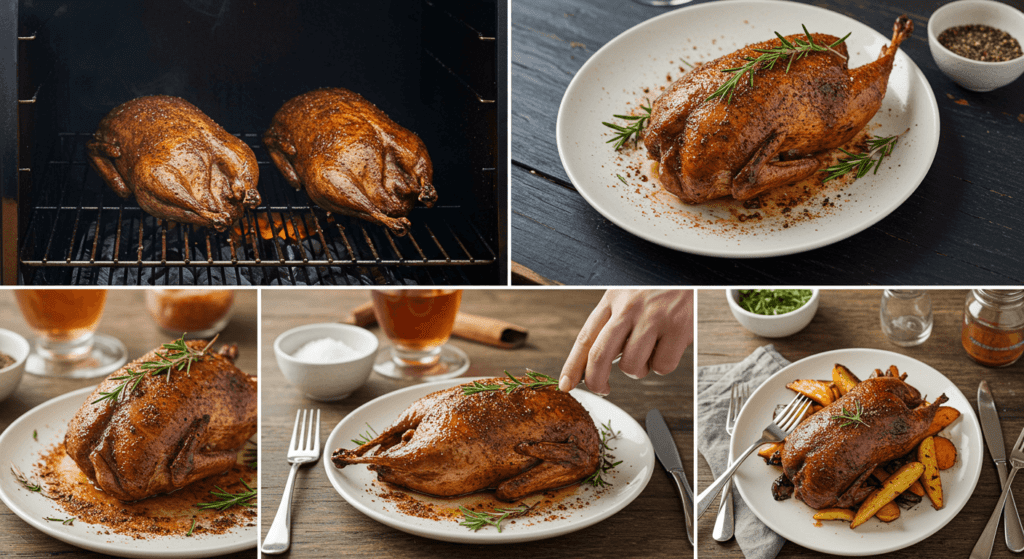
How Do You Know When Smoked Pheasant Is Done?
Temperature is your most reliable guide when smoking pheasant. The USDA recommends cooking poultry to 165°F, but remember that:
- Pheasant will continue cooking during the resting period, rising 5-10 degrees
- Dark meat benefits from slightly higher temperatures than breast meat
- A properly brined pheasant can withstand slightly higher temperatures without drying out
Visual cues can also help determine doneness:
- The leg should move easily in its socket
- The juices should run clear when pierced at the thigh joint
- The skin should have developed a rich, amber color
What Are Common Problems When Smoking Pheasant?
How Do You Prevent Dry Meat?
Pheasant’s leanness makes dryness the most common challenge. Prevent this by:
- Never skipping the brining process
- Using a water pan in your smoker to increase humidity
- Not overcooking—use a reliable meat thermometer
- Considering bacon-wrapping the breast for extra protection and flavor
- Basting occasionally with butter or oil during the smoking process
How Do You Manage Temperature Fluctuations?
Temperature consistency is crucial for perfect results:
- Allow your smoker to fully preheat before adding the pheasant
- Minimize opening the smoker door—each peek can drop temperature significantly
- Consider insulating blankets for smoking during cold weather
- Use a dual-probe thermometer to monitor both smoker and meat temperatures
- Adjust vents gradually rather than making dramatic changes
What Are Some Variations on Basic Smoked Pheasant?
Stuffed Smoked Pheasant
For a more elaborate presentation:
- Prepare a stuffing of wild rice, dried cranberries, and chopped pecans
- Stuff the cavity loosely (allowing air circulation)
- Secure the opening with skewers or twine
- Add 30-45 minutes to smoking time, ensuring stuffing reaches 165°F
Spatchcocked Smoked Pheasant
For faster, more even cooking:
- Remove the backbone with kitchen shears
- Flatten the bird by pressing firmly on the breastbone
- Proceed with seasoning as normal
- Reduce smoking time by approximately 30%
Asian-Inspired Smoked Pheasant
For an international flavor profile:
- Modify your brine with ginger, star anise, and soy sauce
- Create a rub using five-spice powder, brown sugar, and garlic
- Glaze with a mixture of hoisin, honey, and rice vinegar during the final 30 minutes
- Serve with scallion pancakes and plum sauce
What Should You Serve with Smoked Pheasant?
Complement your perfectly smoked pheasant with sides that enhance its flavor:
Traditional Accompaniments:
- Wild rice pilaf with mushrooms
- Roasted root vegetables with herbs
- Braised red cabbage with apples
- Cranberry and orange relish
Wine Pairings:
- Pinot Noir: Its earthiness complements game birds beautifully
- Gewürztraminer: If using fruit-based glazes or stuffing
- Syrah: For more robustly seasoned preparations
Sauce Options:
- Cumberland sauce (port wine, currant jelly, and citrus)
- Wild mushroom and brandy cream sauce
- Fruit-based chutneys (apricot or cherry work particularly well)
How Can You Use Leftover Smoked Pheasant?
Smoked pheasant makes excellent leftovers that can transform into new meals:
- Smoked Pheasant Salad: Shred and combine with dried cranberries, toasted almonds, and a light vinaigrette
- Pheasant and Wild Mushroom Risotto: Add chopped smoked pheasant during the final minutes of cooking
- Pheasant Quesadillas: Combine with caramelized onions and smoked gouda between tortillas
- Pheasant Breakfast Hash: Dice and crisp with potatoes, bell peppers, and onions, topped with a fried egg
“Smoked pheasant actually develops more complex flavors overnight in the refrigerator,” Woodworth explains. “Some of my favorite uses are actually in these day-after creations.”
Frequently Asked Questions About Smoking Pheasant
Final Thoughts on Smoking Pheasant
Smoking pheasant represents a perfect marriage between traditional game cookery and modern smoking techniques. The process respects the bird’s natural qualities while enhancing them through careful flavor development.
As you become more comfortable with the basic technique, don’t hesitate to experiment with different wood combinations, rubs, and accompaniments. The best smoking traditions evolve through personal exploration and adaptation.
Remember that each smoking session is a learning opportunity. Take notes on your results, adjusting temperatures, times, and seasonings for future efforts. Over time, you’ll develop your signature approach to smoked pheasant that reflects your personal taste preferences and smoking style.
Whether prepared for an intimate dinner or a special gathering, a well-executed smoked pheasant creates memorable dining experiences and honors the rich traditions of game cookery. Happy smoking!
Have You Tried This Recipes!
There are no reviews yet. Be the first one to write one.

